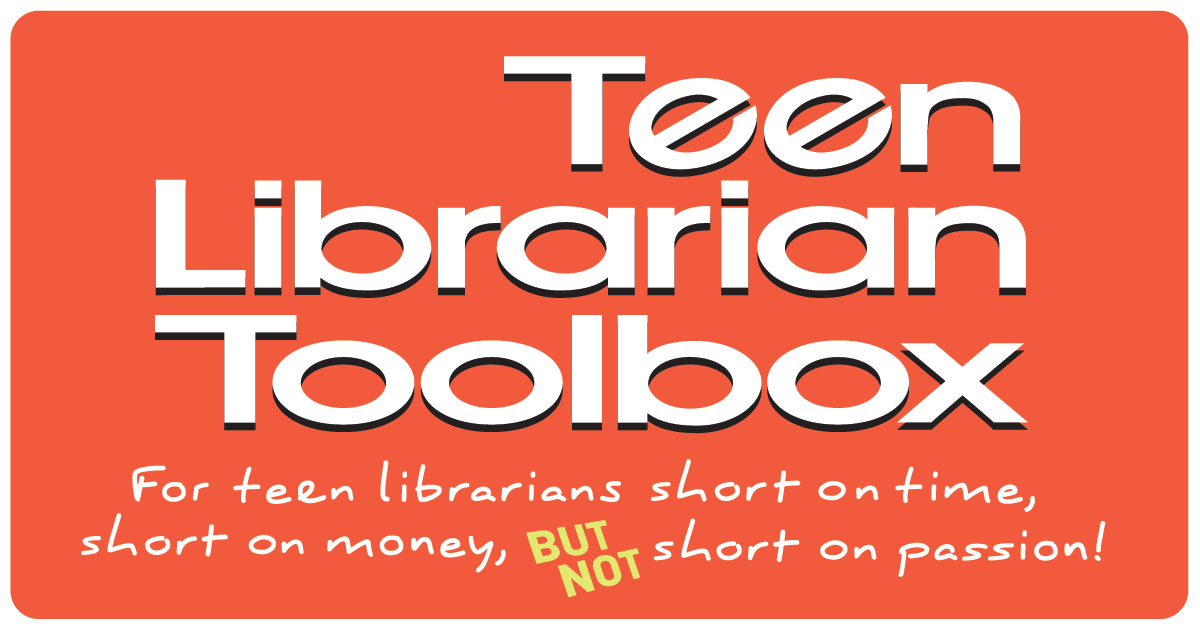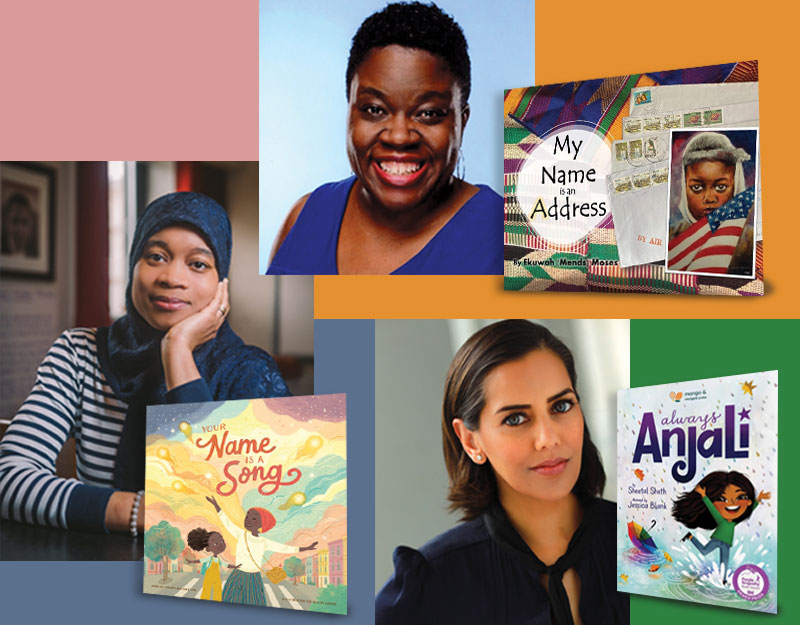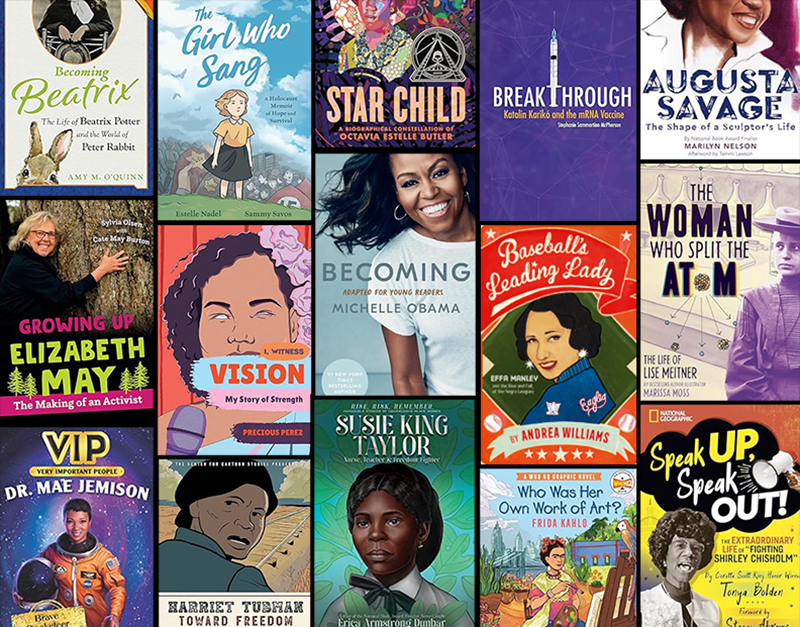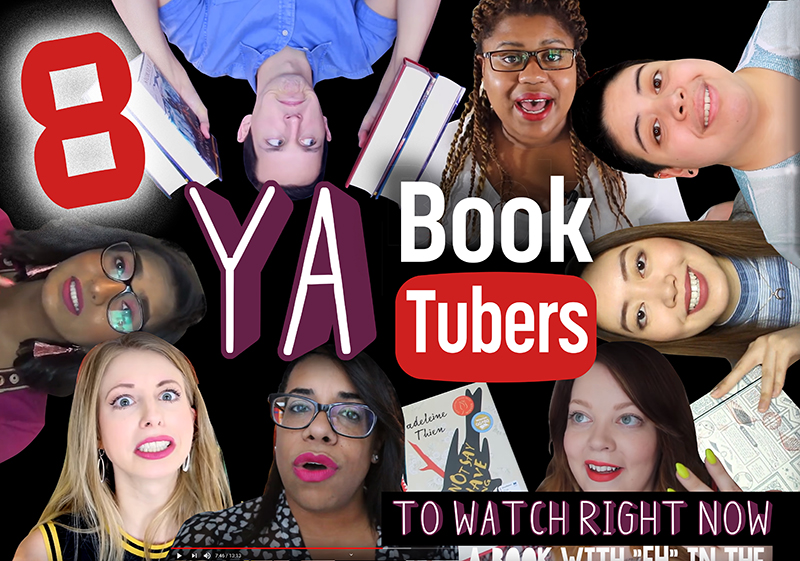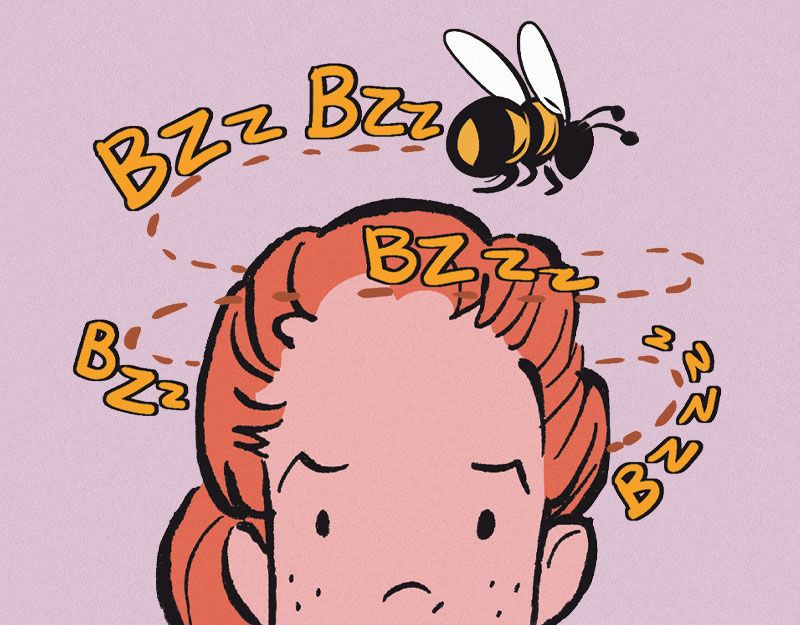Be That Way: Art as Play, a guest post by Hope Larson

I’m a cartoonist, and I’ve been a cartoonist for a long time. My first comic, Salamander Dream, was published by AdHouse Books, a small comics publisher, all the way back in 2005, when I was 23 years old. Since then, I’ve authored 11 additional graphic novels, both self-drawn and in collaboration with brilliant artists like Rebecca Mock. Brittney Williams and I also created the Goldie Vance series of comics for Boom!, and I did a stint writing Batgirl for DC Comics.
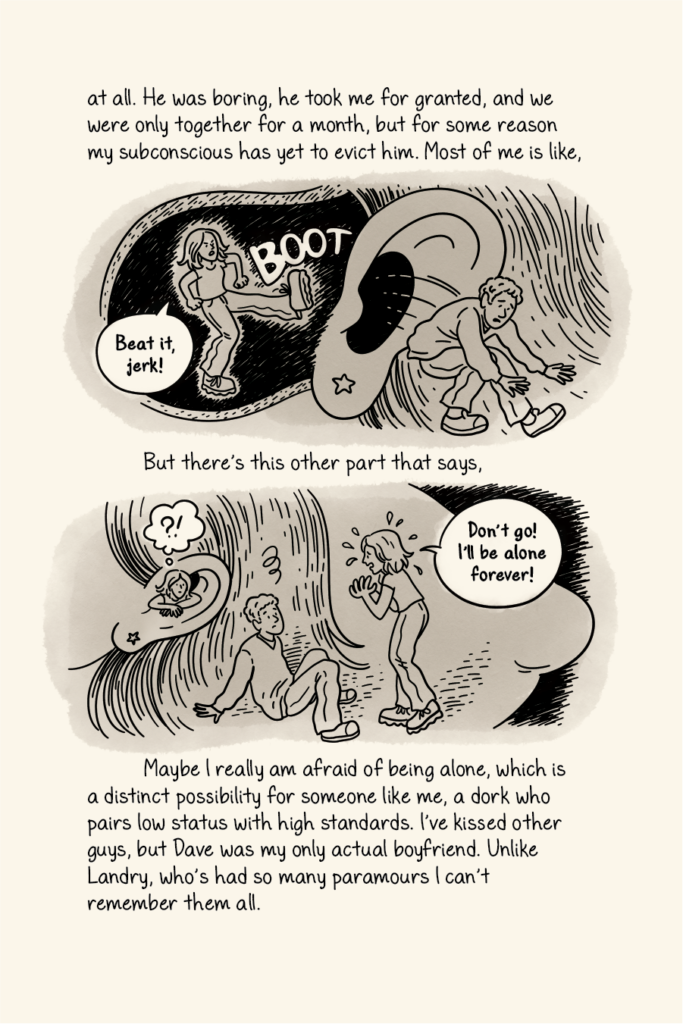
I’m fortunate to have done this work for as long as I have, but after wrapping up Salt Magic, my last graphic novel, I was feeling a touch burnt out on comics. I was in a rut. Stuck in my ways. I wanted to get out of my comfort zone—both my usual cartooning rhythm, and my typical art style—and make something unlike any book I’d written or drawn before. I wanted to go back in time to when I was just beginning as a cartoonist, didn’t know what I was doing, and spent every waking hour drawing, just for the joy of it. And then, I got the idea for Be That Way.
ADVERTISEMENT
ADVERTISEMENT
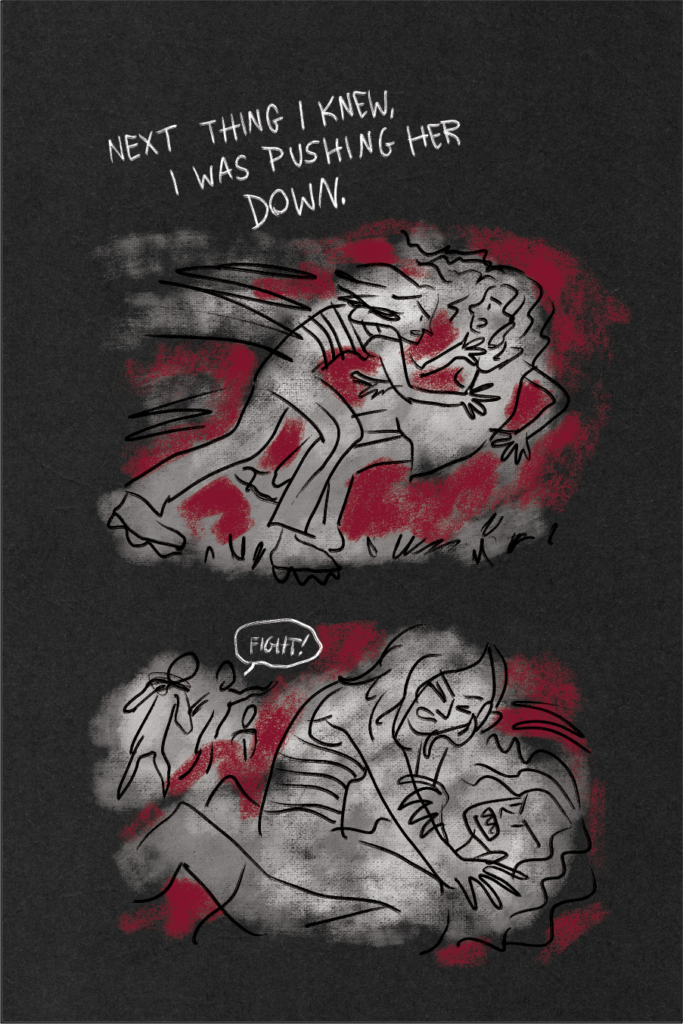
Be That Way was conceived as the diary of Christine, a teenaged girl in the mid-1990s. I wanted the book to depict a young person experimenting with art, and finding her creative voice. Finding one’s voice is a theme I’ve explored before, in the Eagle Rock series (All Summer Long, All Together Now, and All My Friends), but those books approach creativity through the lens of music, which I depict as a collaborative art form. In Be That Way, I wanted to explore the deeply personal and solitary way of making art that’s more typical of how I work. At the heart of my creative process for Be That Way was the concept of play. It was important to me that this book expressed a sense of artistic curiosity. That’s how I wanted my readers to experience it, and it’s also how I wanted to feel when I wrote and drew it. I wanted to depict a young person experimenting with art and text, and I wanted to experiment, too. I wanted to create an anything-goes space for myself, even if I didn’t stick the landing every time. Play is about exploration, and joy, but not perfection.
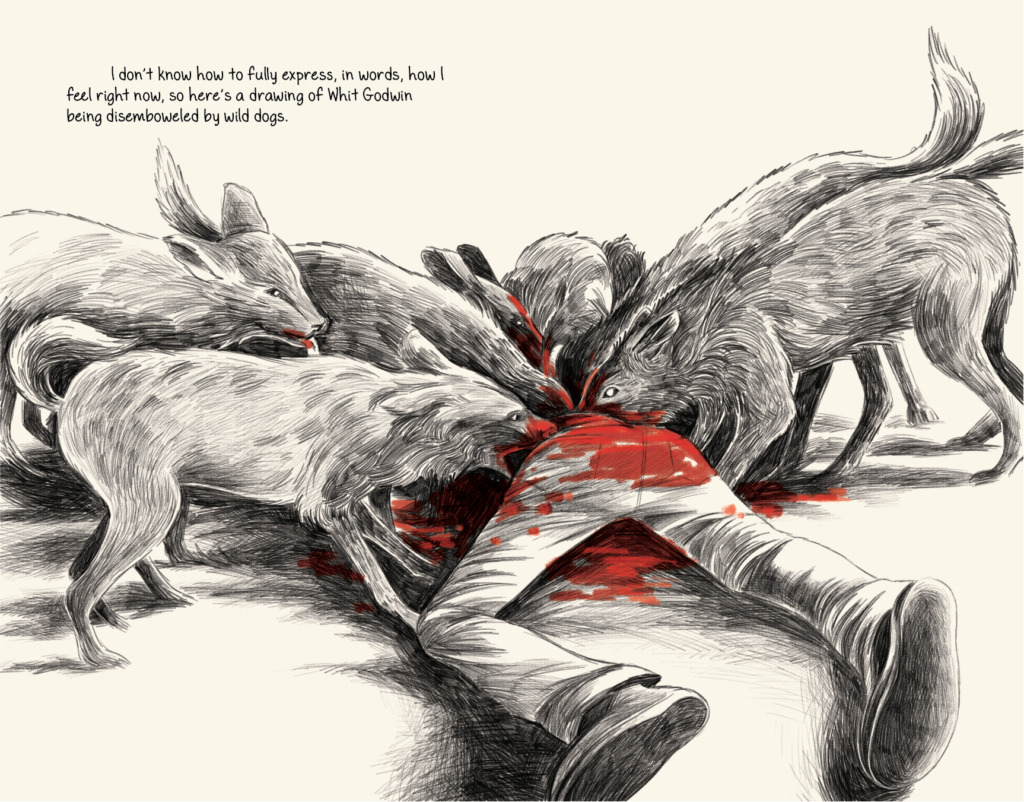
I broke away from my typical brush and ink artwork and tried on numerous visual styles, from cartoony ink-and-marker comics, to abstract mixed-media, to over-rendered graphite illustrations that reminded me of the work I did in high school and college. In an additional layer of novelty, these illustrations were my first attempt at creating a book completely on the computer, with no hand-drawn elements.
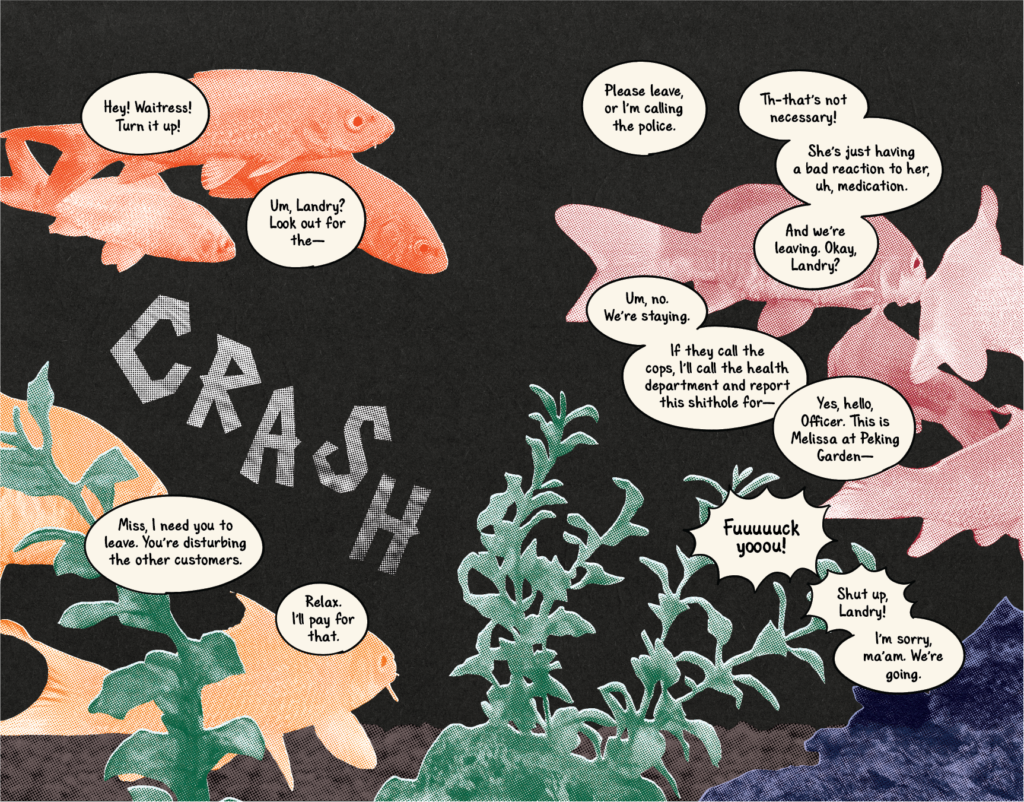
Be That Way was also my first attempt at prose, although calling it prose is generous, considering most of its pages are heavily embedded with illustrations and comics. Learning to tell a story that relied so heavily on text was the sharpest learning curve I experienced while making the book. I felt both delightfully free—comics is frequently about reducing the word count as much as possible in order to make room for the art to shine—and lost in a forest of words. Even armed with an outline, my editor, Margaret Ferguson, and I did revision after revision, tossing out a third or more of the book each time. This surprised me, but in retrospect it feels right. It was silly of me to think I could experience a creative rebirth without significant labor pains.
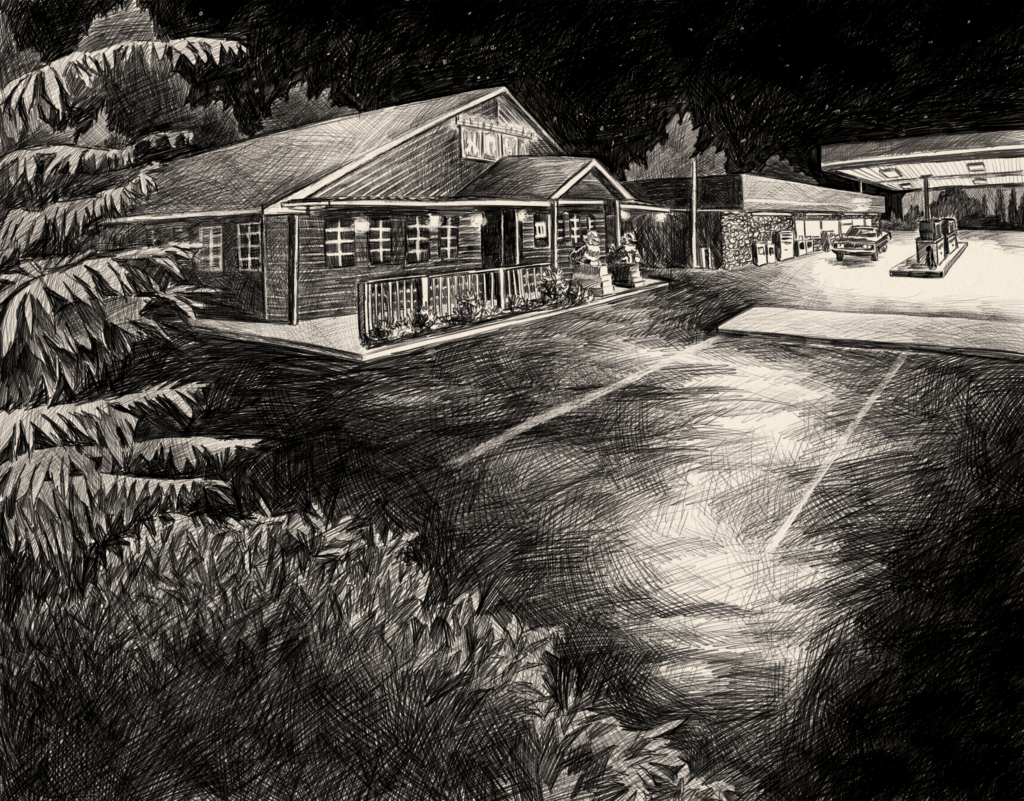
Every time I write a book, one of my hopes is that it will give young people permission to make creative work of their own. In Be That Way, I gave that permission to myself. I’m proud of what I’ve created here, and I’m grateful to Margaret Ferguson and Holiday House for letting me jump out into the unknown—and keeping me from falling on my face. I just turned 41, and I’m a very different person than I was when I drew my first comic. Making this book took me back to that dingy basement apartment where, when I sat down at my drawing board, anything could happen. Back then, like Be That Way’s protagonist, I was a long way from where I hoped to be, but I had big dreams, and the future was wide open.
Meet the author
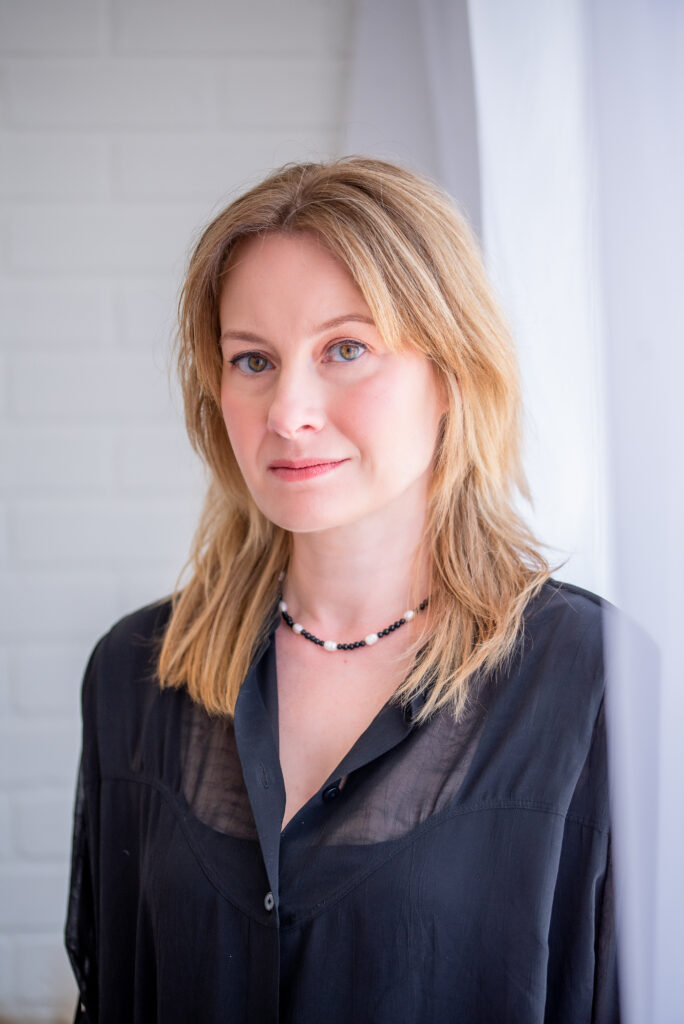
Hope Larson is the Eisner Award–winning author of Salt Magic, illustrated by Rebecca Mock. She has also written and illustrated many graphic novels including the Eagle Rock series (All Summer Long, All Together Now, and All My Friends). She adapted and illustrated the New York Times bestselling A Wrinkle in Time: The Graphic Novel, for which she also won an Eisner Award. She lives with her family in North Carolina.
Hope Larson on Social Media
Twitter – @HopeLarson
Instagram – @DespairLarson
Holiday House on Social Media
Twitter, Instagram, TikTok, Facebook – @HolidayHouseBks
About Be That Way
Seventeen-year-old Christine keeps a journal of an eventful year in her life in mid-90s, while juggling troubled friendships and looking for love.
ADVERTISEMENT
ADVERTISEMENT
It’s January 1, 1996, and high school junior Christine wants more than anything to be that cool girl everyone notices, like her gorgeous best friend, Landry. She usually hates New Year’s resolutions, but this year she vows to be that shiny kind of girl—and record it all in her diary through prose, illustration, and comics.
When Landry drops her, Christine is surprised to discover just how much she doesn’t miss her and her drama. But a misguided kiss with film-obsessed Paul, her only other close friend, also causes a rift, and she finds herself facing a long, lonely summer.
With nothing to lose, Christine finds a new sense of courage. She gets a job at her neighborhood video store, experiments with her art, and becomes romantically entangled with her next-door neighbor Whit, who’s either the coolest guy ever or a total jerk. In spite of all this, she doesn’t quite feel shiny—until a shocking betrayal shows her the value of the words and drawings she hides in her diary, and she finally understands that she doesn’t need to be cool to be noticed—she only needs to be herself.
Eisner-award winning author and illustrator, Hope Larson, has created a powerful coming-of-age story set in a time before the Internet that explores themes of betrayal, first love, self-expression, and the power of art.
A Junior Library Guild Gold Standard Selection
ISBN-13: 9780823447619
Publisher: Holiday House
Publication date: 10/03/2023
Age Range: 14 – 17 Years
Filed under: Guest Post
About Amanda MacGregor
Amanda MacGregor works in an elementary library, loves dogs, and can be found on Twitter @CiteSomething.
ADVERTISEMENT
ADVERTISEMENT
SLJ Blog Network
Name That LEGO Book Cover! (#53)
Cover Reveal and Q&A: The One and Only Googoosh with Azadeh Westergaard
Exclusive: Vol. 2 of The Weirn Books Is Coming in October | News
Fighting Public School Book Bans with the Civil Rights Act
ADVERTISEMENT

